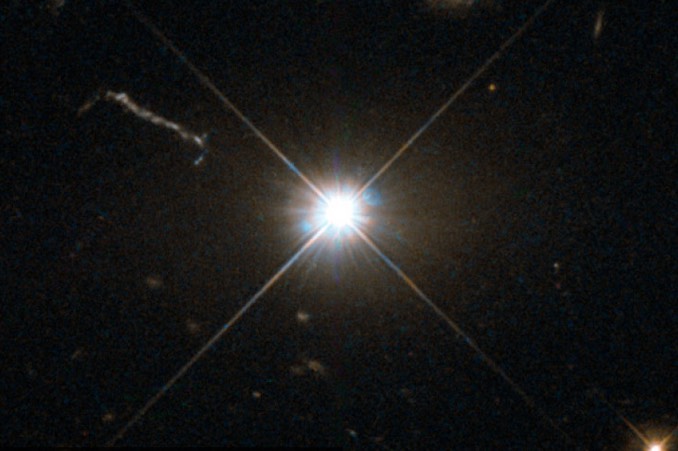
The European Space Agency's Milky Way-mapper Gaia has completed the sky-scanning phase of its mission, racking up more than three trillion observations of about two billion stars and other objects over the last decade.

The largest stellar black hole in the Milky Way galaxy has been found by the European Space Agency’s Gaia mission. And it is extraordinarily close to Earth.

Data from the Gaia Space Telescope was used to identify quasars, the intensely bright young galaxies fueled by black holes.

Towards the center of the galaxy, two streams of stars nearly as old as the Universe have been discovered circling the heart of the Milky Way. These two streams have been named Shiva and Shakti.

A new model suggests the Milky Way should have an additional 100 or so very faint satellite galaxies awaiting discovery.

TESS is likely to find between 10,000 and 15,000 exoplanet candidates by 2025. By 2030, the European Space Agency’s GAIA and PLATO missions are expected to find another 20,000-35,000 planets.

Scientists studying data from the ESA Gaia spacecraft have discovered a previously unknown dwarf galaxy lurking just outside the Milky Way, an extremely low-density swarm of stars two thirds the size of Earth’s galaxy.

More precisely, the Milky Way collided with the second galaxy, absorbing many of its stars and spiraling out a chaotic tangle of stellar matter — birthing new stars and altering the orbits of others.

Australian astronomers have fond what may be the fastest-growing black hole in the known universe, an ancient 20-billion-solar mass beast consuming the mass of the Sun every two days.

The European Space Agency’s Gaia spacecraft has produced the most accurate star catalogue ever assembled, including high-precision measurements of the brightness and positions of some 1.7 billion stars.